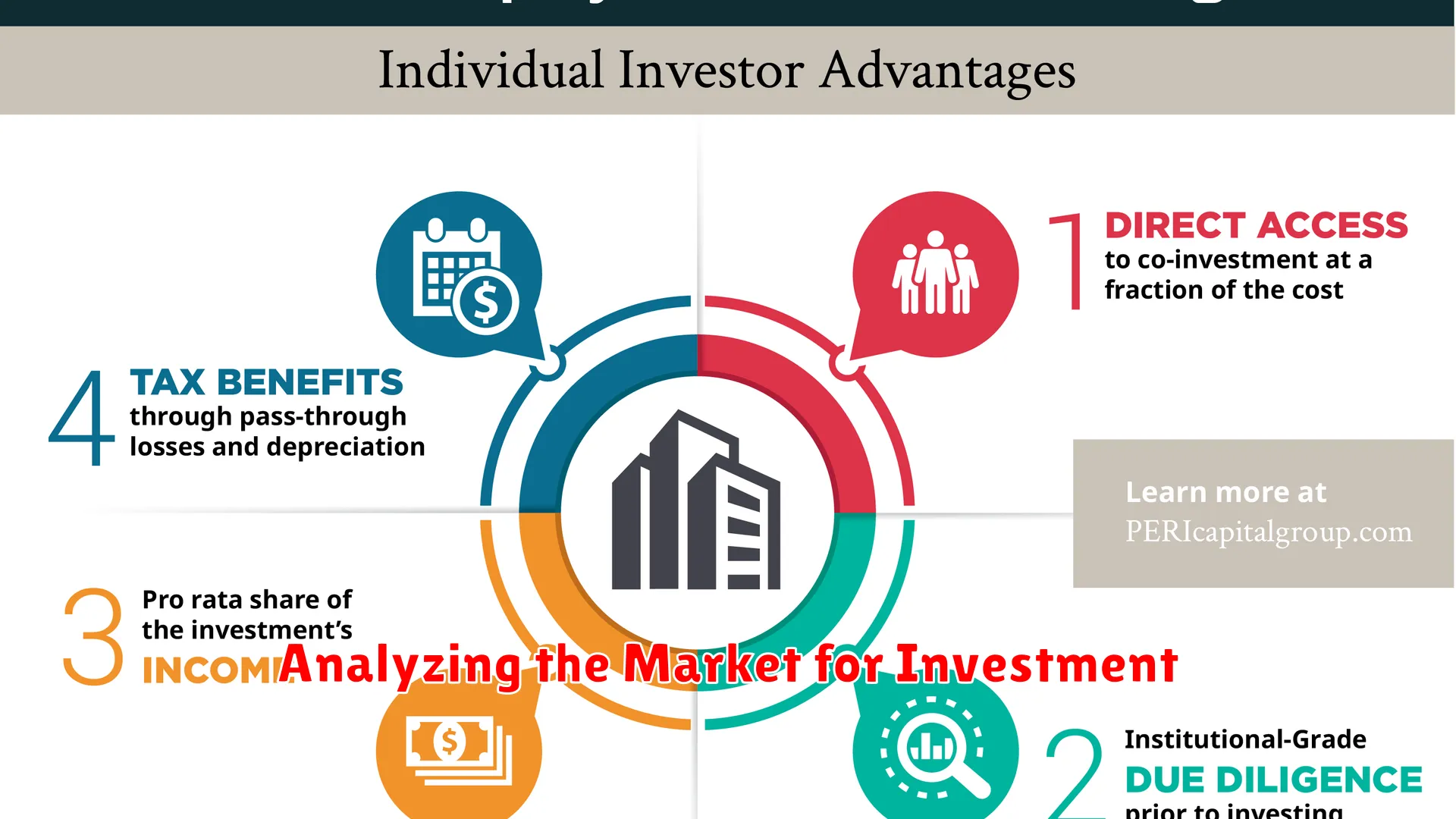Looking to invest in real estate? Learn how to spot a great real estate investment by examining key factors such as location, market trends, and potential for growth. Discover strategies to make informed decisions and maximize your investment returns.
Analysis of the Market for Investment

When aiming to spot a great real estate investment, one of the crucial steps is analyzing the market trends. Conducting a thorough market analysis allows investors to make informed decisions and maximize their potential returns.
Local Market Research
Start by researching the local real estate market in the area where you are considering investing. Look into factors such as property prices, rental rates, vacancy rates, and overall demand for housing in that specific location.
Economic Indicators
Consider the economic indicators that can affect the real estate market, such as employment rates, GDP growth, and interest rates. A strong economy usually correlates with a robust real estate market, making it more favorable for investments.
Market Trends
Identify the current market trends in the real estate sector, including whether it is a buyer’s market or a seller’s market. Understanding these trends can help you determine the potential for growth and profitability of your investment.
Future Development Plans
Stay informed about any upcoming development projects or infrastructural improvements in the area. Such projects can have a significant impact on property values and rental prices, making it a key consideration for investment opportunities.
Criteria for a Profitable Property

When scouting for a great real estate investment, understanding the criteria for a profitable property is essential. Here are key points to consider:
- Location: The location of the property plays a crucial role in its potential for profitability. Look for areas with high demand, good amenities, and proximity to transportation and job opportunities.
- Market Trends: Analyzing market trends and growth potential is vital. Consider factors like property appreciation rates, rental demand, and economic development in the area.
- Rental Yield: Evaluate the rental yield potential of the property. Higher rental yields can indicate a more profitable investment over time.
- Property Condition: The condition of the property is a key factor. Consider the age of the property, any necessary renovations, and potential maintenance costs.
- Future Development: Look for properties in areas with potential for future development, such as infrastructure projects or commercial expansion, which can increase property value.
By assessing these criteria for a profitable property, you can better identify investment opportunities that have the potential to yield significant returns in the real estate market.
Risks and How to Mitigate Them

When it comes to spotting a great real estate investment, understanding and managing risks is a crucial part of the process. Here are some common risks associated with real estate investments and ways to mitigate them:
Market Fluctuations
Risk: Real estate markets can be affected by economic downturns or sudden changes in demand.
Mitigation: Diversify your investment portfolio across different property types and locations to reduce the impact of market fluctuations.
Financial Risks
Risk: Overleveraging or inadequate cash reserves can leave you vulnerable to financial instability.
Mitigation: Conduct thorough financial analysis before investing, maintain an emergency fund for unexpected expenses, and avoid excessive debt.
Regulatory Changes
Risk: Changes in zoning laws or regulations can impact the value and potential use of your real estate investment.
Mitigation: Stay informed about local regulations, work with experienced professionals, and conduct due diligence before making a purchase.
Physical Property Risks
Risk: Damage from natural disasters, maintenance issues, or unforeseen structural problems can impact your investment.
Mitigation: Regularly inspect and maintain your property, purchase adequate insurance coverage, and have a contingency plan for emergencies.
By being aware of these risks and actively taking steps to mitigate them, investors can increase their chances of spotting and maximizing returns on a great real estate investment.
Long-Term vs. Short-Term Investments

When considering investing in real estate, it’s important to differentiate between long-term and short-term investments. Understanding the differences between the two can help you make informed decisions in your real estate investment journey.
Long-Term Investments
Long-term real estate investing involves purchasing properties with the intention of holding onto them for an extended period, typically for many years. The primary goal of long-term investing is to generate passive income through rental payments and potential appreciation in property value over time. Long-term investments are generally considered less volatile and can provide stable returns over the years as the property appreciates.
Short-Term Investments
On the other hand, short-term real estate investments involve buying properties with the aim of selling them quickly for a profit, often within a few months to a few years. Short-term investors usually look for undervalued properties that they can renovate and flip for a higher price in a short period. While short-term investments can yield higher returns in a shorter amount of time, they also come with more risks and require active involvement in managing the property.
Both long-term and short-term real estate investments have their own advantages and challenges. Deciding which approach to take depends on your financial goals, risk tolerance, and investment timeline. Some investors may opt for a mix of both strategies to diversify their real estate portfolio.
Ultimately, whether you choose a long-term or short-term investment strategy, thorough research, careful planning, and a deep understanding of the real estate market are crucial to spotting a great real estate investment opportunity.
The Importance of Location

When it comes to spotting a great real estate investment, location is key. The location of a property can significantly impact its value, potential for appreciation, and rental income. Here are some reasons why the location plays a crucial role in real estate investment:
- Property Demand: A prime location with proximity to amenities such as schools, shopping centers, and public transportation tends to attract higher demand from buyers and renters.
- Appreciation Potential: Properties in desirable locations are more likely to experience higher appreciation rates over time, providing investors with greater returns on their investment.
- Rental Income: A well-located property can command higher rental rates, leading to better cash flow and profitability for investors.
- Resilience to Market Shifts: Real estate in sought-after locations tends to be more resilient to market fluctuations, providing a sense of stability and security for investors.
- Lifestyle Factors: The location of a property can also impact the quality of life for residents, influencing their overall satisfaction and well-being.
Therefore, when evaluating a real estate investment opportunity, make sure to thoroughly assess the location to ensure its alignment with your investment goals and strategy.
Conclusion
In conclusion, identifying a great real estate investment requires thorough research, considering location, market trends, and potential for growth. By assessing these key factors, investors can make informed decisions for long-term profitability.




